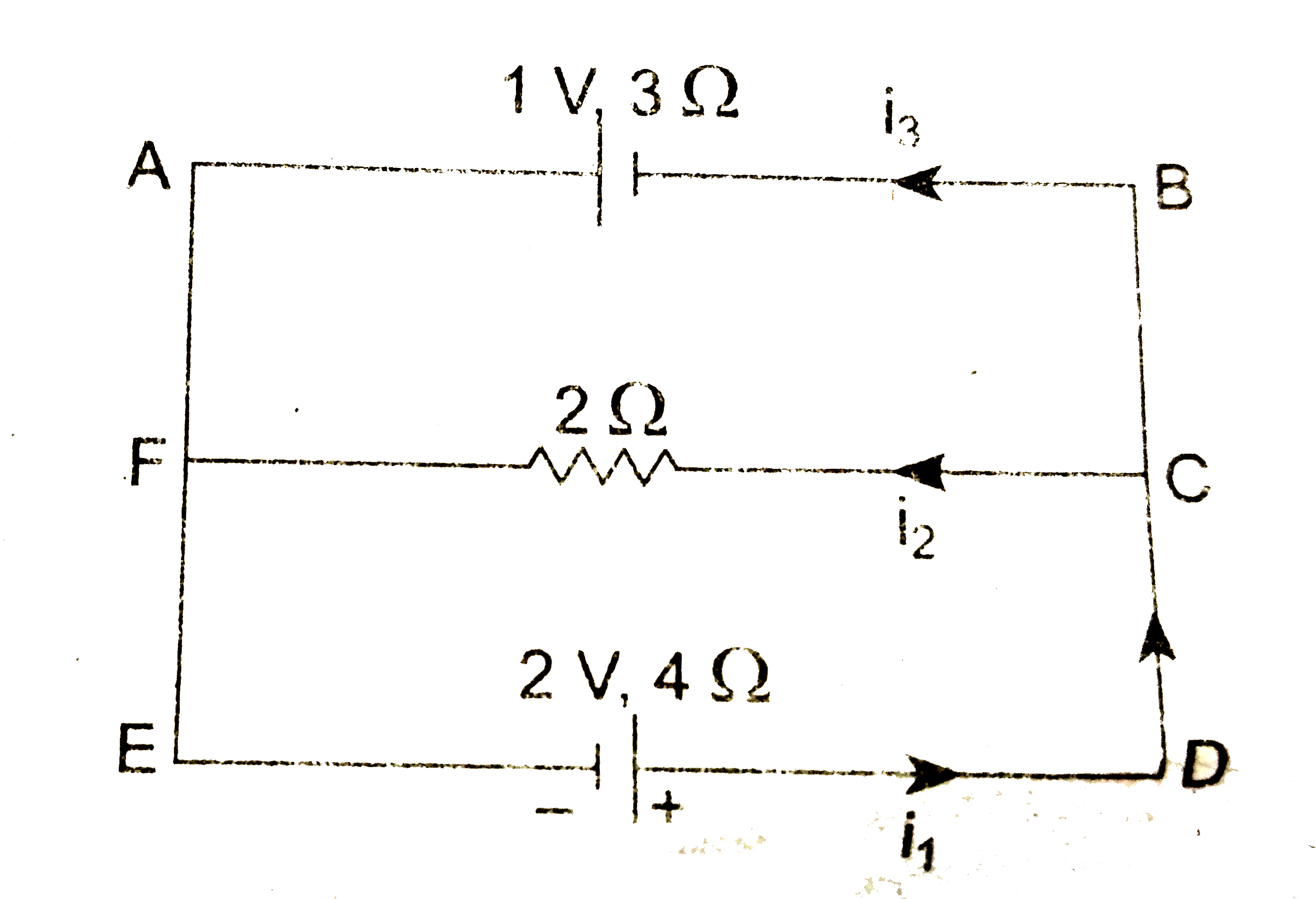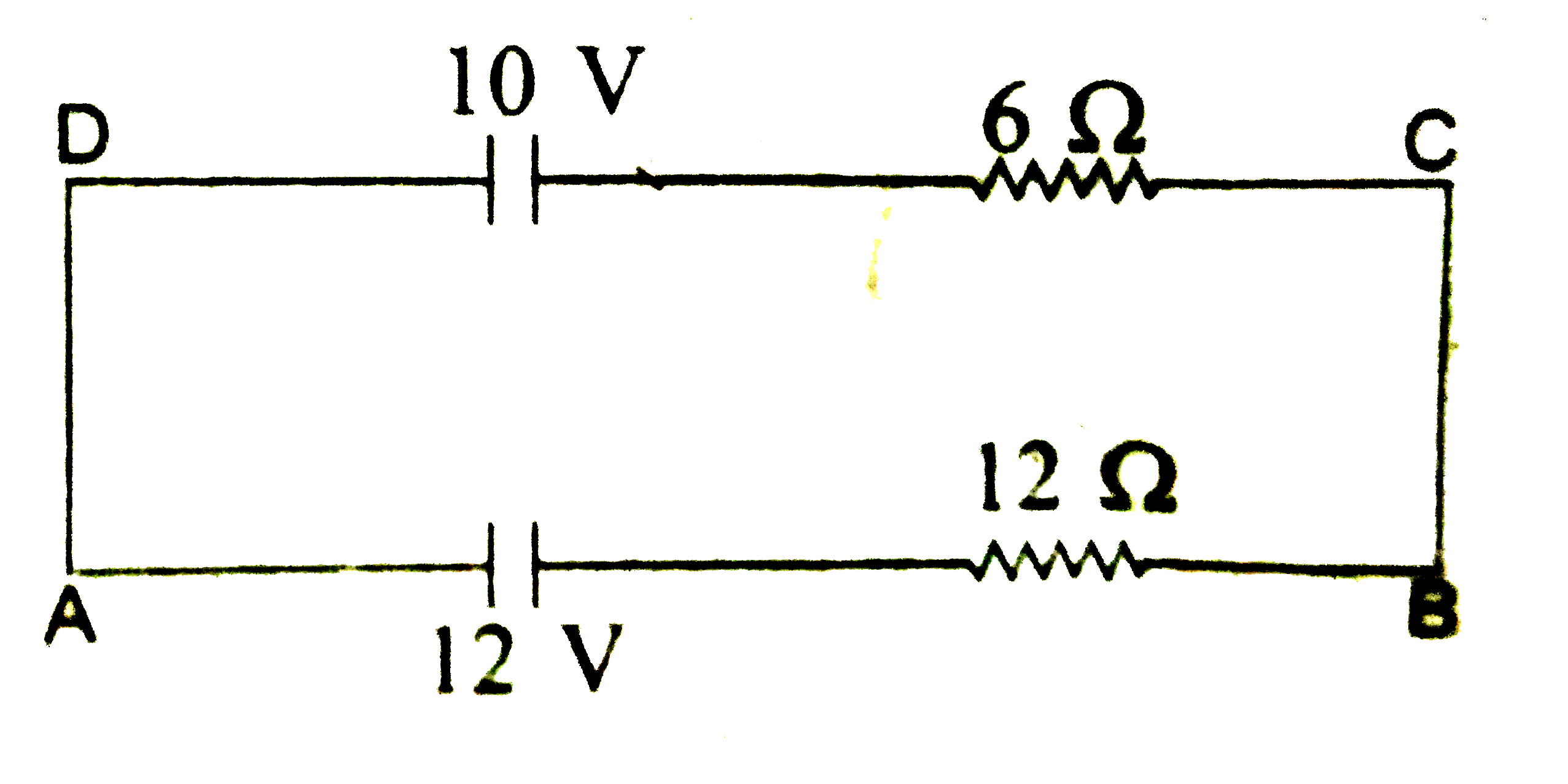In this question below is given a passage followed by several inferences. you have to examine each inference seperately in the context of the passage and decide upon its degree of truth or falsity. Mark your answr as :
(a) If the inference is definitely true i.e. it direclty follows from the facts given in the passage
(b) if the inference is probably true though out definitely true in the light of the facts given
(c] If you think the data are inadequate from the facts given you can not say whether the inference is likely to be true or false .
(d) If you think the inference is probably false though out definitely false in the light of the facts given
(e) If you think the inference is definitely false i.e. it contradicts the given facts
Logically these are rules of conduct . Every country has laid down comprehensive serious of practical rules of citizens for resolving mutual contradictory rights and intersts. Most of these rules have been laid down to sustain social activities. For instance many countries have laid down rules to protest against such unsocial activities as theft , attack and murder. These rules are backed by judicial system and executory institutions which look after the people who obey the rules and also who violate the rules. wherever the human behaviour is involved such rules are not only for namesake there but are necessary also.
Without rules, human behaviour degenerates into anarchy.
If the inference is definitely true' i.e. it properly follows from the statement of facts given.
if the inference is probably true though not definitely true' in the light of the facts given.
If the data are inadequate, le from the facts given you cannot say whether the inference is likely to be true or false
If the inference is probably false", though not definitely false' in the light of the facts given.
The correct Answer is:A
According to the passage, the given inferencedirectly follows from the last sentence of the passage.
Therefore, the given inference is definitely true.
Topper's Solved these Questions
- BOOK - LUCENT PUBLICATIONCHAPTER - PASSAGE AND CONCLUSION EXERCISE - Exercise - 230videos
PASSAGE AND CONCLUSION
- BOOK - LUCENT PUBLICATIONCHAPTER - NUMBER PROBLEMS EXERCISE - Exercise (Type-VI: Miscellaneous)10videos
NUMBER PROBLEMS
- BOOK - LUCENT PUBLICATIONCHAPTER - PROBLEM SOLVING (PUZZLES & SEATING ARRANGEMENT)EXERCISE - Exercise-953videos
PROBLEM SOLVING (PUZZLES & SEATING ARRANGEMENT)
Similar Questions
In this question below is given a passage followed by several inferences. you have to examine each inference seperately in the context of the passage and decide upon its degree of truth or falsity. Mark your answr as :
(a) If the inference is definitely true i.e. it direclty follows from the facts given in the passage
(b) if the inference is probably true though out definitely true in the light of the facts given
(c] If you think the data are inadequate from the facts given you can not say whether the inference is likely to be true or false .
(d) If you think the inference is probably false though out definitely false in the light of the facts given
(e) If you think the inference is definitely false i.e. it contradicts the given facts
India needs higher investment in the port sector and still lags far behind the international ports in container traffic though there has been considerable growth in this segment over the past few years. There is a need to continually benchmark indian ports against the best ports worldwide and continue to engage in policy efforts so as to attain prices per container of port services which are the lowest in the world. The average turn around time for ships docking at most of the ports in india has been falling for the past three years. However pre-berthing time has been marginally increasing ever the years.
The best port in the world is located in the United states of America.02:47View SolutionIf each of the odd digits in the number 54638 is decreased by 1 and each of the even digits is increased by 1, then which of the following will be the sum of the digits of the new number?
05:07View SolutionP, Q, R, S are four statements. Relation between these statements is as follows.
If P is true then Q must be true.
If Q is true then R must be true.
If S is true then either Q is false or R is false.
Then which of the following must be true.02:43View Solutionपरिवर्ती ऑक्सीकरण अवस्थाओं से क्या तातपर्य है? इसे संक्रमण तत्वों के सन्दर्भ में समझाइए ।
04:06View Solutionदिए गए परिपथ में प्रत्येक शाखा में धारा का मान ज्ञात करे ? ।
 02:46View Solution
02:46View Solutionदिए गये विघुत परिपथ की सहायता से ज्ञात कीजिए
- (i) परिपथ में धारा , तथा
(ii) बिन्दु A तथा B के बीच विभवान्तर ।
 02:12View Solution
02:12View Solutionकारण सहित बताइए की धारामापी अपने वास्तविक रूप में धारा नापने के लिए क्यों प्रयुक्त नहीं होता है?
06:17View Solutionएक भिन्न इस प्रकार है कि यदि इसके अंश को 3 से गुणा किया जाए और हर से 3 घटाया जाए तो यह 1811 बन जाती है परन्तु यदि इसके अंश में 8 की वृद्धि की जाए तथा हर को दोगुना कर दिया जाए तो यह 25
06:15View Solutionयदि एक भिन्न के अंश में इसका हर जोड़ दिया जाए और हर में से अंश घटा दिया जाए तो भिन्न 113 बन जाती है । भिन्न ज्ञात कौजिए यदि इसका अंश, हर से 3 कम है।
08:47View SolutionA और B की आय में 9:7 का अनुपात और उनके खच्चों का अनुपात 4:3 है। यदि इनमें से प्रत्येक 4000 प्रति माई बचता है तो इनमे प्रत्येक की मासिक आय ज्ञात कीजिए । यदि प्रत्येक बुजुर्ग व्यकितयों के कार्यो में लगी सस्था में अपनी आय का 9% है तो इनमे प्रत्येक की परिणामी बचत ज्ञात कीजिए । यह कार्य दर्शाता है ।
08:39View Solutionरेखिक समीकरणो के युग्मो में से कौन - से युग्म सगत / असगत है यदि सगत है तो ग्राफ़िय विधि से हल ज्ञात कीजिए।
x+y=5, 2x+2y=1010:12View Solutionरेखिक समीकरणो के युग्मो में से कौन - से युग्म सगत / असगत है यदि सगत है तो ग्राफ़िय विधि से हल ज्ञात कीजिए।
x−y=8 3x−3y=1605:12View Solutionरेखिक समीकरणो के युग्मो में से कौन - से युग्म सगत / असगत है यदि सगत है तो ग्राफ़िय विधि से हल ज्ञात कीजिए।
2x+y−6=0, 4x−2y−4=002:07View Solutionरेखिक समीकरणो के युग्मो में से कौन - से युग्म सगत / असगत है यदि सगत है तो ग्राफ़िय विधि से हल ज्ञात कीजिए।
2x−2y−2=0 4x−4y−5=007:03View Solutionएक रेखिक समीकरण दी गई है । दो चरो में एक ऐसी और रेखिक समीकरण लिखिए ताकि प्राप्त युग्म का ज्यामितीय निरूपण जैसा कि:
(i)प्रतिच्छेद करती रेखाए हो।
(ii) समान्तर रेखाए हो।
(iii) सम्पती रेखाए हो|03:55View Solutionयदि रेखिक समीकरणों का कोई युग्म सगत है ,तो इसके आलेख की रेखाए होगी :
03:17View Solution

